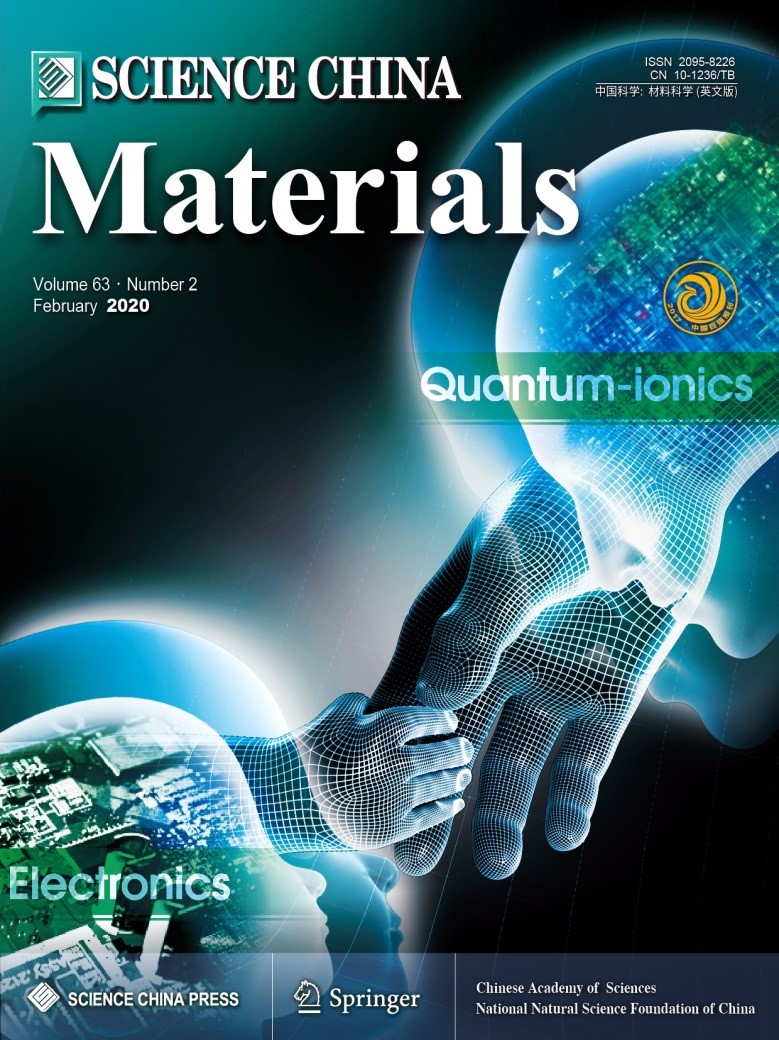Traditional bioinformation transformation depends on conversion from ionics to electronics. The electronics-based neural recording technologies have been extensively developed. However, little progress has been made in neural and brain science.
In 2018, Prof. JIANG Lei’s team from Technical Institute of Physics and Chemistry of Chinese Academy of Sciences (TIPC CAS) has proposed a concept of “quantum-confined superfluid (QSF)”. QSF represented ultrafast ions and molecules transmission through biological channels in a quantum way (Sci. China. Mater., 2018, 61, 1027). Subsequently, they proposed that ions and molecules in the QSF state were as bioinformation carriers (Nano Res., 2019, 12, 1219).
Recently, Prof. JIANG’s team have published a Concept article on Sci. China. Mater. (Sci. China. Mater., 2020, 63, 167), which was selected as the cover article. The work was designed basing on the absorption of quantum states of ions and molecules was in the terahertz (THz) range. The THz light could be used as a tool to realize non-contact bioinformation detection.
In this work, two approaches were proposed to study the bioinformation transformation from ionics to quantum ionics. Scientists from JIANG’s team believed that bioinformation was based on alternating current signal. The work introduced quantum ionics concept into the biology field which would provide new viewpoint and technology to study bioinformation transformation. It would not only promote the development of neural and brain science, but also generate future information technology.
Dr. ZHANG Xiqi from TIPC CAS is the first author of the article. This work was funded by the National Natural Science Foundation and the National Key R&D Program of China.
Links: https://doi.org/10.1007/s40843-019-1208-9

Figure: Future quantum-ionics technology (Image by ZHANG Xiqi)
NEWS